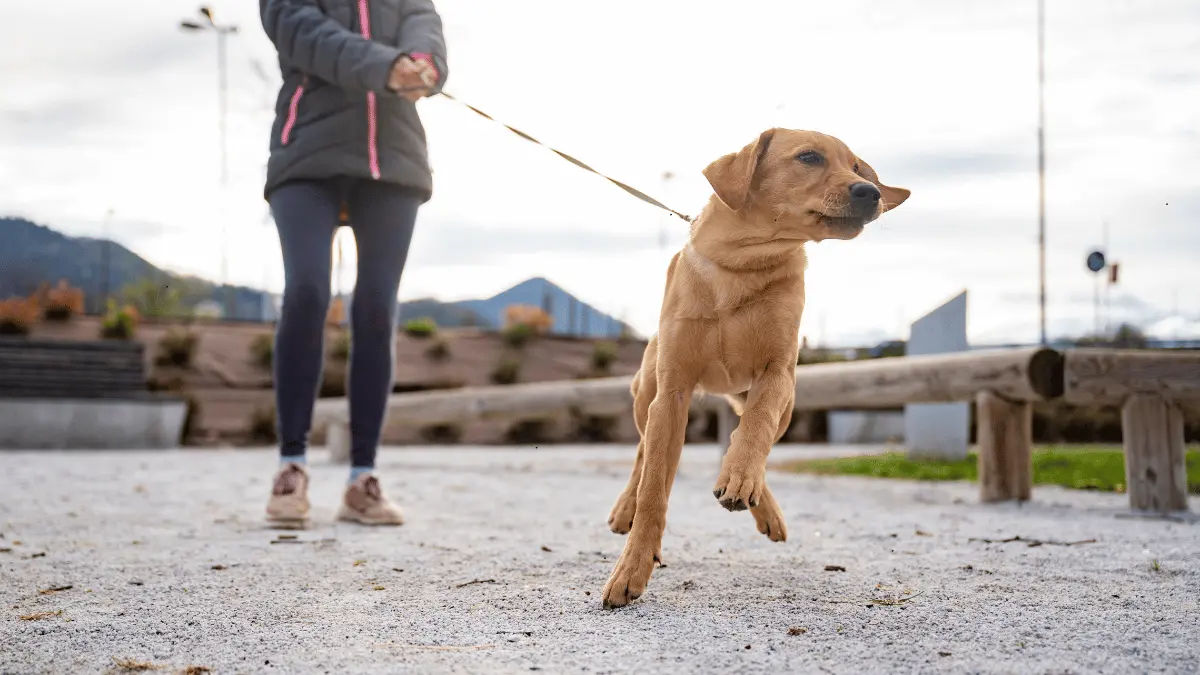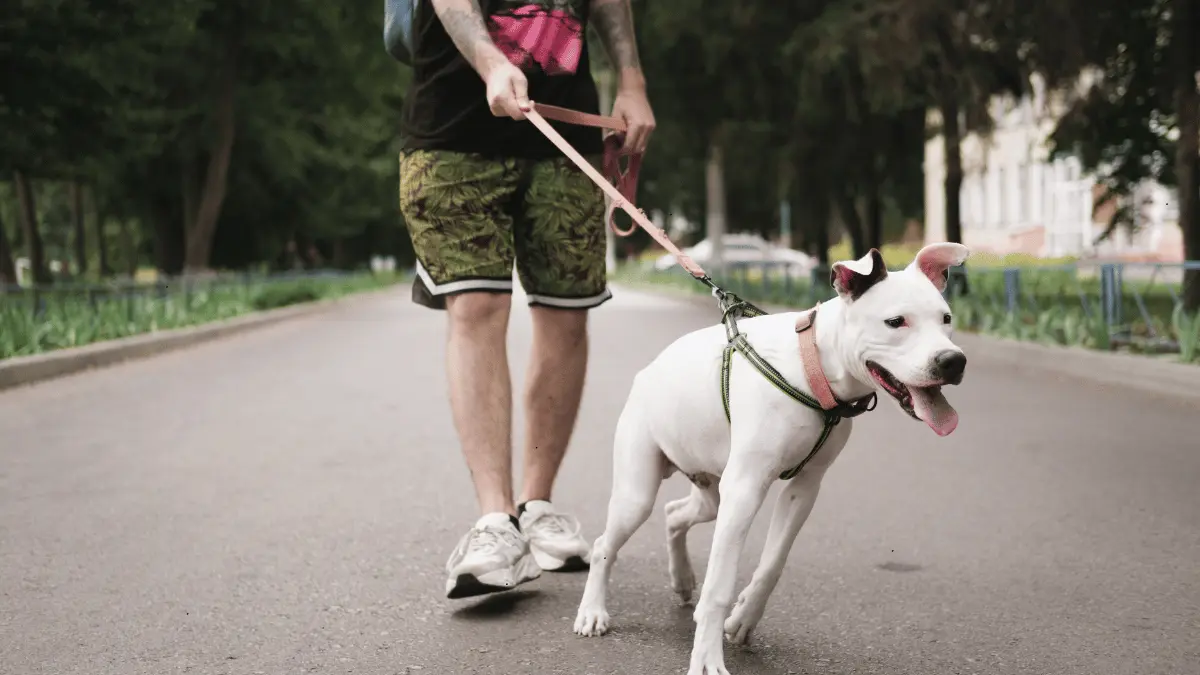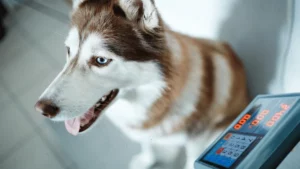How to Train a Leash Reactive Dog
Discover effective strategies to train a leash reactive dog. Transform walks into enjoyable experiences with expert tips and techniques!
Leash reactivity, a common canine behavior issue, can make walks stressful for both dog and owner. However, with patience, consistency, and the right training techniques, you can help your dog overcome this challenge. Here’s a comprehensive guide to training a leash reactive dog.
Understanding Leash Reactivity
Leash reactivity is a dog’s excessive emotional response to stimuli while on a leash. This can manifest as barking, lunging, pulling, or even aggression towards other dogs, people, or environmental factors. It’s essential to understand the root causes of this behavior, which can include fear, anxiety, or excitement.
Creating a Safe and Positive Environment
Before starting training, ensure your dog feels safe and comfortable. A quiet, low-distraction environment can be ideal for initial training sessions. Use positive reinforcement techniques, such as treats and praise, to build a strong bond with your dog.
Gradual Exposure and Desensitization
- Start Slow: Begin with low-intensity stimuli, like distant sounds or people.
- Positive Reinforcement: Reward your dog for calm behavior during exposure.
- Gradual Progression: Slowly increase the intensity of stimuli as your dog becomes comfortable.
- Practice Regularly: Consistent training is key to overcoming leash reactivity.
Leash Training Techniques
- Loose Leash Walking: Encourage your dog to walk beside you without pulling. Use a harness instead of a collar to prevent neck strain.
- Counter-Conditioning: Pair triggers with positive experiences (e.g., treats, praise) to change your dog’s association.
- Training in Different Environments: Practice in various settings to help your dog generalize the training.
Professional Help
If you’re struggling to manage your dog’s leash reactivity, consider consulting a professional dog trainer or behaviorist. They can provide tailored advice and support.
Additional Tips
- Avoid Punishment: Punishing your dog can worsen leash reactivity.
- Exercise Regularly: Physical activity can help reduce stress and anxiety.
- Socialization: Gradually introduce your dog to other dogs and people in a controlled environment.
Training a leash reactive dog requires patience, consistency, and positive reinforcement. By understanding the root causes, creating a safe environment, and using effective training techniques, you can help your dog overcome this challenging behavior and enjoy peaceful walks together.
Keywords: leash reactive dog, dog training, positive reinforcement, dog behavior, anxiety, fear, dog training tips, dog behavior modification, dog training techniques, dog training help













